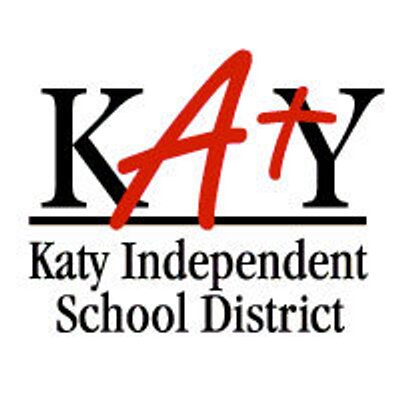In yesterday’s post we talked about the possible voucher effect in the recent school board elections, which were by and large a rout of the wingnuts. That same Chron story offered one more explanation at the end.
While some of the conservative candidates and groups that lost Saturday did not respond to requests for comment, social media discourse blamed low voter turnout for these results, which was lower than some previous May elections.
Turnout was highest in Clear Creek ISD, where less than 8% of registered voters in the area cast ballots, while in Tomball ISD, turnout was the lowest, with about 5% of registered voters turning out to make their voices heard on the four bond options. Spring Branch ISD representatives said voter turnout data will be available after the canvassing of the votes on Tuesday, May 13.
Still, Rottinghaus added that while it’s unfortunate that more people did not vote in this election, low turnout, low information elections have typically favored conservative candidates in school board elections, so this election may have bucked that trend.
“Low turnout in municipal elections is as common as bluebonnets in spring. It’s totally expected,” Rottinghaus said. “I will say that the side that’s better organized and that has more momentum on an issue is likely to come out the victor, and that might mean a couple 100 votes.”
Either way, Rottinghaus said that it’s possible people are becoming more aware of the importance of school board elections because they’ve noticed the impact of state and national politics in their child’s classrooms.
“People are more aware now of what’s happening in their local school districts and are reacting accordingly,” Rottinghaus said. “They’re recognizing that these policy changes are real.”
The subject was also addressed in the Fort Worth Report story. What Prof. Rottinghaus says here is correct, there’s nothing as low-turnout as a May election. What I was interested in was whether these races were low turnout in comparison to the same races in earlier years. As it happens, both Katy and Fort Bend ISDs have three-year terms, which means they have these elections every year. So I took a look at their recent turnout numbers, and this is what I found:
Katy ISD
Year Turnout
==============
2025 7.45%
2024 6.96%
2023 5.13%
2022 5.06%
Fort Bend ISD
Year Turnout
==============
2025 7.54%
2024 4.63%
2023 6.82%
2022 6.78%
In other words, relatively speaking, this was a high turnout year, more so in Katy than in Fort Bend. I don’t want to go crazy with this – these are still single-digit turnout numbers, and in such a situation it’s very much about who bothers to show up – but my point is simply that saying “these are low turnout elections” elides that bit of context. The elections this year were very much not low turnout in comparison to the three years before them.
In fact, since we’re going back as far as 2022, we can make a couple of more direct comparisons. In Katy ISD, Victor Perez won in 2022 with 5,706 votes out of 11,180 votes cast. He lost in 2025 with 7,561 votes out of 18,026 votes cast. In Fort Bend ISD, Rick Garcia won in 2022 with 9,131 votes out of 17,665 votes cast. He lost in 2025 with 7,566 votes out of 23,112 votes cast. Perez got more support this year than in 2022, but only 27% of the excess voters supported him. Garcia, who faced two opponents this year, lost support from three years ago. Make of all that what you will.
Again, I wouldn’t go overboard with any of this. It is correct to call these low turnout elections, and it is correct to be hesitant to draw any conclusions from them. All I want to do is add some context, which is one of my goals in life, or at least on this blog. You’re welcome.
(The FWR story noted that there were about 1900 more votes cast in the Mansfield ISD races this year compared to 2022, but it didn’t note turnout percentages. I just looked at these two districts because I thought they were sufficient for these purposes.)

